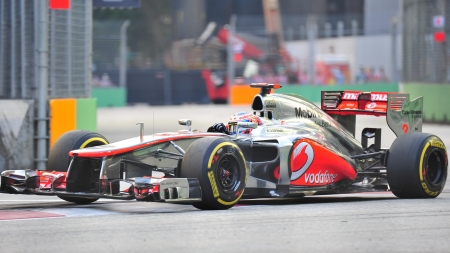Note that your final mark will not be saved in the system.
3.2.2.3 Linear motion (incl. 3.2.2.6 Fluid mechanics) GapFill
You must fill all the gaps before clicking ‘Check Answers!’

Friction and air resistance are both types of force that act on the body to affect linear motion. This has resulted in sports performers such as cyclists and track athletes adapting their equipment, clothing and technique in order to manipulate the impact of these forces.
Air resistance can be defined as the opposing force to the body during movement , due to the displacement of air. It is affected by various factors, which include:
- – The faster the object or body, the greater the air resistance. This can be applied in practice during everyday activity. Take a still day, for example; the wind is likely to go unnoticed when walking at a slow pace, but if walking were to turn into a jog, it might seem that the wind had picked up when in fact it is just air resistance having more of an effect.
- Surface properties – It is important that surfaces are if a performer wants to limit the effect of air resistance. An example of this is the adoption of Lycra clothing in sports performed at high speeds, such as cycling and sprinting.
- Streamlining and shape – An object with a flat surface is said to be 'aerodynamic', reducing the air resistance that impairs its speed of movement. For example, the design of a motor racing car and the placement of the driver allow for the smooth passage of air, thus maximising the speed at which the car travels.
- cross-sectional area – The smaller the front cross-sectional area of an object, the less effect air resistance has on it. For example, the javelin would be likely to travel further than any other weight-matched object that could be thrown.
Friction can be defined as the forces acting on the body that result from the interaction between . Friction can have a positive effect or a negative effect on performance depending on the surface properties of an object:
- If the same force were applied to a football, it would have less friction on the vinyl flooring of an indoor sports hall than on the grassy surface of an outdoor pitch, and would thus travel further.
- On the other hand, a track athlete who wears running spikes seeks to increase friction to maximise grip when running around bends. Also, a motor racing driver would perform a warm-up lap of the track before a race, as an increase in increases the friction between the racing car and the track, maximising traction when turning tight corners at high speeds.